|
This is the fifth installment in a series of posts commemorating a very memorable journey. Thirty-five years ago, I paid a visit to American Samoa. At that time, it had been twenty years since I left there after spending one of the most unforgettable years of my life on the main island of Tutuila -- a year chronicled in my memoir Mango Rash: Coming of Age in the Land of Frangipani and Fanta (Behler Publications, 2019). In this series of posts, I'm sharing excerpts from my 1986 travel journal, along with photos from the trip. April 21 - Connecting with friends The days are so full I can't begin to record everything. Today I began to feel comfortable here -- like I used to.
Pili and I drove around the west end of the island and over to the north shore. Fantastic scenery -- blue water, dense jungle, white beaches -- Samoa at its best. Met his friends Tui and Donna (Tui is Sualua's younger brother) and the Baptist missionary from Eureka, California. Pili dropped me off at Jeannette's, where I had dinner with her and Gordon and their family (3 kids). Padilla and his wife stopped by. Jeannette and I went back to the hotel; had coffee and a good talk. [Several paragraphs of personal details from that conversation omitted for privacy.] After coffee, we went up to the bar, where Fatima and Pat Galea'i and some other people were drinking -- sat with them for a couple of hours. Had a good time, but they were getting rowdy. I'm glad I found Jeannette, though. She's very intelligent, thoughful, concerned with world affairs. Tomorrow we're going to go for a drive on the east end of the island; also to find some more people -- Fipa [Fibber], Robin, and others. April 23 - Stormy weather One of those highs-and-lows days. Right now I'm in my room with a fierce tropical storm raging outside. I can hear the wind whistling outside -- palm trees blowing all around. Power just went out. April 24 - Continued connections Had to stop writing last night because the power went out again. Really bad storm last night. [What follows are further details from April 23.]  Fipa (Fibber) in 1966. I regret not taking photos of him in 1986. Fipa (Fibber) in 1966. I regret not taking photos of him in 1986. Jeannette and I met for lunch at the airport. I bought some stuff from her friend's shop there. Then we went to see Fipa, who is a mechanic for the Department of Transportation. Fipa looks much the same. No front teeth, less hair, but still the same Fipa. Tonight we all met for dinner at Soli & Mark's: Pili, Robin Annesley, Jeannette, Padilla and Teuilla (his wife), Fipa, Fatima, Abe Malae and I. It was a great time. I sat between Abe and Pili most of the time. Abe told us how he got into Motown music. Now he has just about everything ever recorded, plus lots of other stuff from that era. He asked Pili and me what other records he should order from the Columbia record club. He also told me that Lee Iacocca is his personal hero.  My 17th birthday party in 1966, approved by Abe My 17th birthday party in 1966, approved by Abe It's funny the things people remember. Abe remembered that I was from Stillwater, Oklahoma. He also remembered the party invitations for my birthday, and that I asked him if he thought it was OK for me to have a party when I was running for student council vice president. I used to confide in Abe a lot. Fipa remembered me telling him I was going back to the States for cancer treatment. He says we had this conversation up on Mt. Alava. I don't remember it. Pili is embarrassed about being a goof-off in high school. But we all thought he was very personable. We envied him for that. Abe decides we should all go to Manu'a with him tomorrow (Thursday). He has to go over to inspect public works projects. He gets so excited -- he really lights up talking about it. Pili, Robin, Jeannette and I say tentatively that we'll go. To be continued . . .
4 Comments
With in-person author events still on hold indefinitely, I'm devoting one blog post each month to an author interview. This month's interview is with Janet Glaser, who writes as J.Q. Rose. Her mysteries, Deadly Undertaking, Terror on Sunshine Boulevard and Dangerous Sanctuary, released by Books We Love Publishing, offer readers chills, giggles, and quirky characters. After presenting workshops on Writing Your Life Story for several years, Janet decided to take her advice and pen her memoir, Arranging a Dream: A Memoir. The book is scheduled for release January 1, 2021, also from Books We Love Publishing. Arranging a Dream tells the story of how Janet and husband Ted, budding entrepreneurs with more enthusiasm than experience, purchased a floral shop and greenhouses in 1975, where they planned to grow their dream. Leaving friends and family behind in Illinois and losing the security of two paychecks, they transplanted themselves, their one-year-old daughter, and all their belongings to Fremont, Michigan, where they knew no one. Through trials and triumphs, Janet and Ted dug in to develop a blooming business while juggling parenting with work and keeping their marriage thriving. To celebrate the Arranging a Dream: A Memoir Winter Virtual Book Tour, Janet is offering a free eBook to a lucky reader. Just leave a comment below to be entered in the drawing. Deadline for entries: Sunday, December 20, 9 pm Eastern Time. How is writing about real people, places, and events different from writing fiction, where you can invent characters, situations, and settings? Are the two processes similar in any ways?
In the acknowledgments, you mention that you and your husband Ted had fun recalling the times you write about in this memoir. Tell us more about how your memories meshed and how you reconciled differences when your memories of a specific event didn’t match.
What other techniques did you use to access the memories that helped you tell this story?
What do you hope readers will take away from Arranging a Dream? What did you gain by writing the book? I hope readers will be inspired to work toward their dreams. Use their passion to keep driving toward the future they envision. Looking through the lens of time allowed me to put myself into the shoes of the previous owners of the flower shop, Hattie and Frank. After owning the business for so many years and deciding to sell it, I discovered I was like Hattie. We disagreed a lot with Hattie about how to run the shop and greenhouses because we wanted to use our new ideas and not listen to the tried-and-true methods she had developed during her years of experience. She was afraid we would fail by being so bold. I never thought I would admit I acted like Hattie when we sold our shop. I was also fearful the new owners would fail if they didn’t follow our ways of running things. Instead, they have been successful and are still in business. In addition to your own writing, you’re committed to helping others tell stories from their lives, through your Facebook group, your interactive journal, Your Words, Your Life Story: A Journal for Sharing Memories, and your workshops. Why is this important to you, and what are the rewards?
What’s next? Are there other periods of your life that might lend themselves to a memoir? Or will you write more fiction? Next, I hope to turn the book, Your Words, Your Life Story, into a course so I can reach more people and encourage them to write their stories, because I am a life storytelling evangelist. I always have ideas for stories swirling through my brain, so I will be writing, but I have not chosen which idea to develop at this time. I am just savoring touring around cyberspace, meeting authors and readers. Anything else you'd like to add? Thank you, Nan, for hosting me during the Arranging a Dream: A Memoir Winter Virtual Book Tour!
I'm never really sure what to call this list. My Most Want-to-Tell-You-About-Them Books of 2020? Or simply A Bunch of Books I Read This Year and Actually Remember Something About? Whatever you want to call it, here it is: Ten Something-or-Other Books I Read in 2020 |
| Arranging a Dream J.Q. Rose I had the privilege of reading an advance copy of this memoir, due to be published January 1, 2021. The author of three mysteries, Rose (AKA Janet Glaser) departs from fiction to tell how she and husband Ted struck out in their twenties to be their own bosses, purchasing a floral shop and greenhouses in Fremont, Michigan. Ted, a gardening enthusiast, had a knack for growing things, but neither of the Glasers knew a thing about running a business. Or arranging flowers! Readers will learn along with them and watch their marriage grow along with their business. Read my full review on Goodreads, and come back to HeartWood December 16 for a Q&A with J.Q. |
| Elemental: A Collection of Michigan Creative Nonfiction Anne-Marie Oomen, Editor In these pages I found stunning, sometimes surprising work from some of my favorite Michigan authors--Fleda Brown, Jerry Dennis, Mardi Jo Link, Anne-Marie Oomen, Keith Taylor--and became acquainted with new-to-me others. (How have I not read Rhoda Janzen's books? Beats me, but now I will!) There's much here about life in Michigan and much more about, well, life. |
| How to Survive Death and Other Inconveniences Sue William Silverman You can always count on Silverman for honest explorations of difficult topics. Here, in a collection of linked essays, she confronts mortality. But as the cover suggests, there are touches of humor and sprinkles of pop culture (Adam Lambert--woohoo!). And as always, luminous prose. |
| Chickens, Mules and Two Old Fools Victoria Twead I learned about this book through the We Love Memoirs Facebook group. In this stressful pandemic/political year, it was exactly the escape I needed. Twead vividly--and often hilariously--recounts this true-life tale of moving from England to a tiny Andalusian village. Bonus: The book includes Spanish recipes contributed by village women. |
| Not Tonight, Josephine: A Road Trip Through Small-Town America George Mahood Another We Love Memoirs find, and another entertaining escape. Two young Brits on a road trip across America in a decrepit 1989 Dodge Caravan. What's not to love? Having traveled many of the same roads, I found it fascinating to see them through the eyes of a visitor from another country. |
| No Rules: A Memoir Sharon Dukett As I wrote in my Goodreads review, "The story would be engaging enough if it were simply a romp through hippiedom in the Age of Aquarius, but it’s a deeper exploration of the influences that transformed Dukett from defiant girl to the strong, capable—and happy—woman she is today." Read my HeartWood interview with Sharon here. |
| Freckled: A Memoir of Growing Up Wild in Hawaii T.W. Neal I was drawn to this book because, like my memoir, it's a true story of a young American living on a South Pacific island decades ago. But there, the similarity ends. Neal's neglectful upbringing was in an anything-goes hippie community mostly isolated from the surrounding Hawaiian culture. Her fascinating story is one of resilience and, ultimately triumph. |
| The Storied Life of A.J. Fikry Gabrielle Zevin And now, we come to quirky. Filled with offbeat characters and fun references to literature and commercial fiction, this entertaining novel kept me engaged with surprising plot twists. (I especially got a kick from the author event scene). Through it all, the main character, prickly bookstore owner A.J. Fikry, turns out to be more complex than he seems on first encounter. |
| The Keeper of Lost Things Ruth Hogan Anthony Peardew rescues and meticulously catalogues lost objects--from a pair of lime-green, flower-shaped hair bobbles to a biscuit tin containing cremation remains--in hopes of eventually reuniting them with their owners. It's a pastime that began forty years earlier when he carelessly lost a keepsake from his fiancée, who died that very day. This novel weaves together Anthony's story with those of his assistant Laura, gardener Freddy, young neighbor Sunshine, and complete stranger Eunice. As the book description puts it, this novel "explores the promises we make and break, losing and finding ourselves, the objects that hold magic and meaning for our lives, and the surprising connections that bind us. |
Nonfiction & Memoir
You Might Be A Crazy Cat Lady If . . . by Janet Vormittag
The Devil in the White City, by Erik Larson
In the Shadow of the Valley: A Memoir, by Bobi Conn
Poetic License: A Memoir, by Gretchen Cherington
Rainbow Diner: A Memoir, by Astrid Arlen
Furiously Happy, by Jenny Lawson
The Answer Is, by Alex Trebek
Wounds A Collaborative Memoir in Stories, by Razel Jones and Daniel Abbott
Zeitoun, by Dave Eggers
Fiction
Where the Crawdads Sing, by Delia Owen
Rain Crow Killing, by Jeff Millen
The Underground Railroad, by Colson Whitehead
Homeland and Other Stories, by Barbara Kingsolver
The Lost Tiki Palaces of Detroit, by Michael Zadoorian
Coming to Be, by Rebecca Thaddeus
Olas Grandes, by Barbara Mahase Rodman
When We Were Orphans, by Kazuo Ishiguro
Maud's Line, by Margaret Verble
Moloka'i by Alan Brennart
Young Jane Young, by Gabrielle Zevin
Rodham, by Curtis Sittenfeld
Such a Fun Age, by Kiley Reid
Akua: A Novel of Samoa, by Daniel Pouesi
Poetry
And Then Snow, by Phillip Sterling
Far Out: Poems of the 60s, Wendy Barker and Dave Parsons, editors
One Less River, by Terry Blackhawk
Severance, by Robert Fanning
The Straits, by Kristin Palm
Trumbull Ave., by Michael Lauchlan
There still is, but at least I’m able to inhabit islands of concentration here and there. Of course, it always takes time to get up to speed on something you’ve set aside, and that’s especially true in this case because I’m using a completely different (for me) approach with this writing project—one that requires a great deal of thought and patience.
 In my novel project, I'm using the method detailed in this book
In my novel project, I'm using the method detailed in this book As I ease back into this painstaking process, I can’t help thinking it might serve as a model for how to approach life in general. I’ll elaborate on that in a moment, but first a little more about the writing part.
The method I’m following was developed by author Lisa Cron and detailed in her 2016 book Story Genius: How to Use Brain Science to Go Beyond Outlining and Write a Riveting Novel (Before You Waste Three Years Writing 327 Pages That Go Nowhere).
 Cron advocates the use of scene cards such as this one to "blueprint" your novel, scene by scene.
Cron advocates the use of scene cards such as this one to "blueprint" your novel, scene by scene. But it turns out the secret isn’t to power through, wildly racking up word counts. It’s to carefully “blueprint” every single scene, stifling the impulse to start writing the scene until you’ve answered several key questions. And I mean really answered them thoroughly, sometimes with pages of brainstorming ideas that will never make it into the manuscript.
- What does the main character go into the scene believing? Why does she believe it? Are her beliefs valid, or are they misbeliefs?
- What does the main character want the outcome of this scene to be?
- What is the seminal thing that happens in the scene? Why does it need to happen (what role does it play in the whole story)? Can it actually happen (logistically)? Why would it happen, given the main character’s internal struggle?
- What does the main character realize as a result of what happens in this scene? How does that change her beliefs (especially her misbeliefs), her worldview? What action does it lead her to take next?
The first is that in the Story Genius method, the focus is on each scene. Instead of getting overwhelmed by the idea of writing a whole novel, you zero in on the scene in front of you, examine it from several angles, and think it through before moving on. Kind of like focusing on what’s happening right here, right now, each day instead of letting your mind get stuck in the “If only . . .” of your past or fast-forwarding into the “What if . . .?” of the future.
Finally, unlike authors of novels, we can’t predict how our own stories will end. But we can keep in mind our ultimate goals and intentions and try to make sure every scene in our saga unfolds in a way that leads us in the direction we want to go.
Today's guest is Donald Levin, author of seven mysteries in the Martin Preuss series, as well as the novel The House of Grins (1992) and two books of poetry, In Praise of Old Photographs (2005) and New Year’s Tangerine (2007).
The latest book in the Martin Preuss series, In the House of Night, officially launches Tuesday, October 6.
| Well, first of all, I love to write. I know some writers who talk about the agony of it, but me, the physical act of setting down words on paper (or a screen, as the case may be) is pure joy. Beyond that, before joining academia in the mid-1990s, I had been a professional writer for over twenty years. During that time, I took on assignments to produce just about every kind of writing there is . . . speeches, video scripts, annual reports, articles, op-ed pieces for newspapers and professional journals, grant applications, fund-raising materials, newsletters, brochures . . . you name it, I wrote it at one time or another. As you might expect, I learned a tremendous amount about writing—especially about the importance of good, disciplined work habits. I think that’s really the secret to my productivity. |
Once I started as a serious creative writer—producing novels, short stories, and poetry—I transferred that workmanlike attitude and those work habits that I developed. So when I’m working on a novel, I make sure I’m at work at the same time every day, and put in a full day of writing with a quota of 1,000 words.
I’m very fortunate that I was able to retire from teaching five years ago so I have been able to devote a lot of time to writing. But even before I retired, I made time to write while working full-time.
It can be done.
| In addition to what I talked about in the previous question (giving me good work habits), all those jobs served me well in a couple of ways. First, they brought me into contact with an incredible number of different kinds of people. For a writer, that’s gold. People, and the mysteries of human life, are a writer’s subject matter, and I’ve always tried to follow Henry James’s advice to “be one of those upon whom nothing is lost.” So watching and learning and filing away what I saw in those jobs helped me enormously over the years. I feel like I have a rich store of characters and experiences to draw on. |
| The location is very important. I like to think that Ferndale is another character in the books. My main character, Martin Preuss, started out as a fictional police detective in a fictionalized Ferndale Police Department, and in the later books has made a transition into private investigation, still based in Ferndale. The city has roughly 20,000 residents, and it’s right outside Detroit (across Eight Mile Road made famous by Eminem) so I can draw my plots and situations from what you find in both a smaller city and a large one. And in some of the books I’ve hewn very closely to the actual history of the place. In The Forgotten Child, for example, a major plot device is a real fire that actually took out part of downtown Ferndale in 1975. |
There’s also another reason why I chose Ferndale: one of my favorite writers is Henning Mankell, who set his mystery series in Ystad, a small city in Sweden. As it happens, Ferndale is almost exactly the same size as Ystad, so I feel like I’m making an homage to Mankell by giving my detective a beat similar to Mankell’s Wallander.
| I love reading a series. As a reader, you really get to know the main (and continuing subordinate) characters . . . you see them evolve and develop, you see them progress through their careers and personal lives, you see them age, you get to know all their quirks and tics and strengths and weaknesses. My favorite characters in mysteries are parts of a series: Wallander in Mankell’s series, as I mentioned; Rebus in Ian Rankin’s series; Lew Archer in Ross Macdonald’s series; Martin Beck in Sjowall and Wahloo’s ground-breaking series from the 1960s; Vera and Jimmy Perez in Ann Cleeve’s two wonderful series . . . |
Another important aspect of writing the Preuss series for me and my readers is Preuss’s son, Toby. Toby is multiply handicapped and lives in a group home, but he is an integral part of Preuss’s life. Indeed, the relationship between Toby and his father is, in my humble opinion, at the heart of the series. Martin Preuss loves his son fiercely and cares for him with great tenderness, and Toby returns the love unconditionally. One reviewer called their relationship “a touching element that’s a constant in the series”; another reviewer noted, “The complexity of the main character and especially his deep love for his handicapped son draw the reader into the story in a way that few other mysteries do.”
Toby has profound physical and cognitive disabilities, but the character is sweet, loving, joyful, and everybody’s favorite character in the books. (Also one of the few rounded, sympathetic portraits of handicapped characters I’ve seen.) Toby is based on my own grandson Jamie, who sadly passed away a few years ago; writing him as a continuing character in this continuing series gives me a chance to keep that wonderful young man alive for me and everyone who knew him.
| The novels in the Martin Preuss series are mysteries in the sense that there are crimes to be solved and secrets to be revealed. But I think of them more as explorations of characters and relationships seen through the lens of the extremities of crime. As such, the series is very character-driven, with a minimum of violence. There is a continuing cast of main characters in each book (including Martin and his son Toby, but also some others such as Martin’s coworkers and Toby’s caregivers), but each book has its own crimes and consequences, and each book is a standalone read. |
Here's the story:
When the police investigation into the murder of a retired history professor stalls, friends of the dead man plead with PI Martin Preuss to find out what happened. The twisting trail leads him across metropolitan Detroit, from a peace fellowship center, a Buddhist temple, and a sprawling homeless encampment into a treacherous world of long-buried family secrets where the anguished relations between parents and children clash with the gathering storm of white supremacist terrorism.
| For the past few years, I have done the “heavy lifting” of writing in Michigan libraries—beginning and finishing the drafting up here—then doing the polishing and rewriting in Florida. That’s just how the publishing schedules of the previous books worked out. Because of the pandemic quarantines, I wound up staying in Florida longer than I had planned, and did more composing down there. When I came home to Michigan, I did the final polishing up here. In general, I would prefer to do the writing here, where I can spend the days in the library (there are just too many distractions at home). But you do what you have to. |
I always hold book launch parties for each new book with music, refreshments, readings, and so on. This year, out of concern for bringing people together, I’m organizing a virtual book launch for In the House of Night. It’ll be on my Facebook page (and Youtube, if I can figure out how to do it) on Tuesday, October 6, from 7 till 8 p.m.
| Dealing with discouragement, doubt, and rejection has been a constant problem for me. And when I say constant, I mean every day. Every. Single. Day. I tried to break into publication as a fiction writer for all of my twenties and most of my thirties, and experienced virtual nonstop rejection. At some point, I had just had enough. Cynthia Ozick writes about the little holy light like a pilot light that keeps a writer going. Mine went out. That joy in writing that I talked about earlier? It was gone. |
But I still thought I had some chops as a writer, just not a fiction writer; I had already had several writing jobs, as I mentioned previously. I turned away from literature entirely; I turned away from reading. Instead I became the professional writer I described in my response to your first question.
And I did well in that world. It came to pass that the writing I was doing for others relit that little holy pilot light. I started thinking about returning to fiction, and about writing under my own name. About the importance of stories in our lives. About the need to do it.
In the gap between my fleeing from imaginative writing and returning to it—a ten year gap—I grappled with what success as a writer really meant, and more importantly what it wasn’t. I met editors, and became an editor myself, and realized how capricious and unpredictable the process really is.
With the confidence I had gained, and with what I had learned about writing, I came through that decade of despair by learning that the writing itself and the changed qualities of mind and heart that accompany writing really are more important than the approval suggested by acceptance by others. As if that insight broke some self-imposed spell, in the years since I’ve published eight novels (seven in the Martin Preuss mystery series), two novellas, two books of poetry, a handful of stories, and dozens of poems in print and online journals.
That voice shouting in your ear, the voice a friend of mine personifies as “Sid”—Self-Inflicted Doubts—never goes away. But with practice and wisdom, you can silence it long enough to get some good work done.
And in the end, that’s really all that matters.
Website: www.donaldlevin.com
Blog: www.donaldlevin.wordpress.com
Amazon author page: https://amzn.to/32y8bLw
Twitter: @donald_levin
Instagram: Donald_levin_author
Facebook: https://www.facebook.com/Donald-Levin-Author-121197194659672
 Gail Howarth
Gail Howarth Most of the participants were referred through the gallery or Facebook friends. Of the 17 participants, I knew less than one-third personally.
I received a lot of non-responses to emails and phone calls. However, those that expressed an interest in the project showed no hesitation about participating. Everyone felt like it was an important project and wanted to be involved.
In a nutshell, we need to get to know one another. The project gives folks from various backgrounds the opportunity to share their journey with people that are generally not a part of their community. Once we find common ground, it will become easier to communicate about and resolve tough issues.
One example from the project would be that there has been immeasurable conflict related to wearing a mask to keep COVID-19 from spreading. There are many reasons stated, but I believe the biggest factor is that folks don’t know anyone that has had it, and therefore, it does not seem real.
Three of the participants of the project have had COVID-19. Though all three have recovered, they struggle with ongoing health issues. One person caught the virus from a man that did not survive. Another worked in one of the hardest-hit hospitals in the Detroit area. She witnessed countless deaths every day. All three encourage everyone to wear a mask.
Once you know someone that has had the virus, you will likely not question whether mask-wearing is right or wrong.
Healing begins one person at a time. Hopefully, healing begins with one person, then a second and a third, and multiplies and impacts a whole community, a state, a nation, and beyond.
Healing can be hard work and take years. But it can also be quite magical. Have you ever had a rigid belief about a thing and then learn one new fact about it, and it shreds everything you ever believed? I do hope that folks will find a few magical moments from the exhibit and blog posts.
I don’t believe my project alone can make a profound change in the world. I do think that projects with the same or similar intentions are popping up all over as a reaction to the dysfunction we are currently experiencing. I hope that collectively change can and will happen.
Lastly, I will admit that there was a moment during the early part of the project that I became disillusioned. Not all of my friends or family felt the project had merit. They thought that the result might create greater divisiveness versus the desired outcome of healing. I shared with one of the participants that my heart was a bit broken by the response. I asked her earnestly, what if the only heart opened or healed was my own. Her response was: Well, then the whole project is worth it. I am grateful, and I cherish her words.
Also, in the ’60s, people still had faith in our government, that our voices would be heard, and that real change could happen. Today, we have lost faith in leadership and our government, that our voices, no matter how loudly we cry, fall on deaf ears, and there is little hope for change.
Initially, I thought I would display one photograph and a few keywords of each person to convey the story. However, I could not come up with a smart way to show the words. In the end, I decided to label the images more traditionally. Each piece has a name and just a little information about the participant. Hopefully, viewers will become curious enough to read more about the participants on my blog.
Then, as I selected and edited photos, I realized that for most participants, a single image left the story incomplete. I began mounting three to five images into a template with a plain white background. The stories were coming together, but still, something was lacking. One day, I accidentally placed one of the photos behind the others. It was fabulous!! I reduced the grayscale of the background image (made it lighter), and it became part of the story. In some cases, I had to backtrack to find and photograph backdrops that would complete the story.
Lastly, I initially had a narrow concept of who should participate. The expansion happened naturally and felt right.
There were many days that I felt hopeless. The division between people feels as if it grows larger every day, and I did not feel as though I was working fast enough or hard enough. But I came to believe that I am doing what I can to be a positive force for awareness and change. I will, in some way, continue the work that has begun with this project.
I am honored and humbled that complete strangers would take the time to share their life experiences with me. Their words forever change me.
The most life-changing aspect of the project is related to racism. I have never considered myself a racist. But, I have become more aware of the cultural bias that I carry with me. I listen with new eyes and ears, and feel with a heart more open. And, as those old untruths pop up, I look them over and toss them away.
We have so very much to learn from one another. I am a forever student, and can barely wait for my next teacher.
I hope others will be inspired to start projects that promote healing and unity.
Not all blog posts related to the project are complete. Consider subscribing to be notified of new posts.
This month's interview is with Sharon Dukett, author of the memoir No Rules. Desperate to escape the stultifying life she saw ahead for herself in the early 1970s, and entranced by the California hippie scene, Sharon ran away from home at sixteen. No Rules details her precarious journey through the counterculture, an experience that would mold her into the strong woman she became.
 Sharon in 1970
Sharon in 1970 
It quickly transitioned as I got caught up in the memories of the times. I had always wanted to write a book, but when I was younger I never knew what to write about. Once I began writing about this, I didn’t want to stop. But until I had a personal computer, the idea of using a typewriter was overwhelming. If the personal computer had not been invented, I would have never been able to complete a book.
 Hitching across Canada
Hitching across Canada There were some parts that just flowed out of me like they were already written, and I was just the conduit putting the words on paper. I cried through writing the scene with Cindy after she finds Jesus. And the trip across Canada could have been an entire book alone. It was much longer in the original draft. Reliving those memories were like re-experiencing the trip.
 Venice Beach
Venice Beach  Yurt building
Yurt building - I started writing whatever I could remember that seemed important on a pad of lined paper. Most of these scenes were a list of memories – this happened, that happened, what I remembered someone doing. I had nothing about me in there, just what I saw around me. After some time, I put it in a drawer and forgot about it. Then I met another woman who was writing and we discussed it. I pulled out my pad of paper and she began reading it. By then I had a computer, so she convinced me to transfer it onto that device and keep writing. I took the first three chapters to a writer’s conference at a nearby college and signed up for a manuscript critique. The author who read it told me I should take some writing classes and start over. I was disappointed but I took her advice.
- I attended a weeklong conference with the International Women’s Writing Guild and the sessions I attended opened up channels for me to dig deeper into memories and the senses. It was in one of these sessions given by June Gould that we were asked to recall sounds from our childhood, then write about one of them. What came to me was my mother playing the piano. Some lines I wrote in that session are still in the final version of the book. I attended these conferences for three years in a row and they were always valuable. At the last one, I connected with writers who lived near me and I joined their writers group. More about that below.
- Not long after the year 2000, my daytime career became demanding. I was no longer consulting where I could take summers off and write, as well as spend time with my family. I was managing technology projects with tight deadlines and long work hours, so I put my writing aside. After awhile, it became hard to know how to start again, so I didn’t. I promised myself I would start again when I retired, which I did in 2017.
- I knew I had to cut content and edit, but I felt overwhelmed. I decided to take a class and found one online focused on memoir that ran for six months and included review and feedback by the instructor on the work we turned in after each class. I took it twice. In this class I learned how to identify what I wanted the focus of the book to be, and that enabled me to cut and edit. I had to reduce 170,000 words down to 91,000. It took me a year and a half to do this, as I was also adding to what I was writing as well. The instructor for the class that reviewed my work and provided feedback to me was Brooke Warner, who was also the publisher of She Writes Press. As a result of working together for a year, my trust in her, and her knowledge of my work, it was a good fit to be published by them. Since I had spent so many years writing this book, I wanted to have control over its future, and She Writes Press could give me that control as a hybrid Indie press.
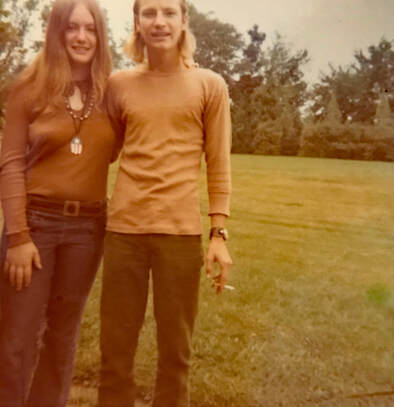 Sharon with Ernie, 1972
Sharon with Ernie, 1972  Sharon with her older sister Anne
Sharon with her older sister Anne I want readers to experience what it was like to live in those times, and the transformation that came about as a result of discovering feminism and growing my own strength.
I'm kicking off this new feature today with a Q&A that tells the remarkable story of a young writer's devotion to his grandmother and her literary legacy. For reasons you'll understand as you read on, it wasn't possible to interview Barbara Mahase Rodman, author of the recently published novel Olas Grandes. Instead, this interview is with her grandson David Kuhnlein, who edited and published the book after the long lost manuscript was unearthed.
I hadn’t heard of Olas Grandes, or at least I’d forgotten about it, until I read my great grandmother’s autobiography My Mother’s Daughter – a testament to growing up as a strong Indian woman in Trinidad. My mom told me that I was mentioned in the back of the book where Anna Mahase Snr. wrote about the family. So, of course, that’s the first place I looked! Sure enough I found mention of me, but more rewarding was a typo – it said that Babbie had published two books: Love Stories for All Centuries, which I had read, and Olas Grandes. My mom, uncle, and I quickly searched Bab’s house for the manuscript, and hidden in a massive wooden trunk, brimming with so much of her writing, we found it.
After reading the first few chapters I took a train across the country. I didn’t want to take the only copy of the book on the trip, so I let those early chapters linger in me. I talked to my friends Adam and Katie a lot about the project. Even speaking of the project excited me, and it was in the tangle of conversations -- and questions I asked every reader and writer I encountered -- that I decided something had to be done with this book.
At the time, I was writing a series of lyric essays on illness and a recent surgery I’d had. But while writing them felt important, it also made me physically sick. Focusing my energy on transcribing Olas Grandes was a way to keep writing, while also taking a needed break from my own project. Gail Kuhnlein, my mom and Barbara's daughter, is also a writer, and lucky for me she agreed to help edit the book. I couldn't have done it without her.
 Barbara and David, August 2019, three months before Barbara's passing
Barbara and David, August 2019, three months before Barbara's passing Honestly, her reactions depended on the day. In the two years before Barbara passed away, my visits to her house increased, and I began to help informally caretake. Because of her memory, we had certain conversations regarding Olas Grandes over and over again, to the point where I observed patterns and ways to create shortcuts around them.
For instance, sometimes she’d tell me that Olas Grandes was not a novel, but a story, and it was already published. So I’d have to preface a conversation about her book by showing her the physical manuscript and explaining that it’s different than her other book. But other times, like magic, she knew exactly what was happening and was thrilled.
“Never could I have imagined,” she once told me, “that this darling, darling little boy would be helping me publish my book.” She was 90 when I re-discovered Olas Grandes, and the project took roughly two years to manifest. She was involved peripherally. I would read passages to her that I didn’t understand, either because of her diction or place names, and asked her to explain. Cultural words, fauna, flora, and Trinidadian myths stayed with her, and she usually had no problem giving me details or stories associated with these passages.
It’s a fantastic exercise to let go of the ego that writers so often cling to around their work, and this release opens up a unique freedom to explore the architecture of language from a new vantage point. Also, I hadn’t written much fiction yet (that’s changed significantly since then), so perhaps I had a leg up there.
 Young Barbara at McGill University
Young Barbara at McGill University Although Hindu themes are peripheral in Olas Grandes, I think that Barbara’s interest not only in Hindu customs, but also her interest and study in the occult, was nurtured by island life. She called the Caribbean “the perfect background for dreaming.”
One of my persistent, and unanswered questions I posed to Barbara, was: who is the character Ma Becky based on? Many of her characters are fictionalizations of family members, usually adorned with pieces of herself. Ma Becky is the only character I could never see clearly with this template. Bab knew some Trinidadian witches when she was growing up, who lived on the beach, but part of me thinks that there’s quite a bit of herself in Ma Becky.
Babbie always loved fairy tales, fables, and myths, partly because of their appeal to both children and adults. She stayed rooted to the Caribbean landscape because it’s where she spent her youth. She had also recently and tragically lost her son, David Rodman, in 1977, just a couple years before writing Olas Grandes. I think that writing the book was a way for her to enter an alternate reality, in which Davey was a young boy again, and she was living in an idyllic gothic romance in her home country, but that’s just a guess.
| Yes! The main new insight was how interested she was in witchcraft and the occult. Because of her looming dementia for the past decade, reading her novel helped me to recall what she was like before she lost her memory as well. Barbara and I were close when I was young. She babysat me often. My parent’s first house, after I was born, was just around the corner from Babbie’s house. As sad as this may sound, I began to grieve her death about 10 years ago. When someone changes so drastically, it can feel like death. Certainly, there were moments of clarity, when Babbie's essence spritzed the room with a joke or one of her harsh criticisms, but often it was like she wasn't really home: her wit removed, no longer reading, writing, or talking on the phone. It’s funny, but after she passed, especially when holding or reading her books, she appears to me not as a 92-year-old woman, but about my age, in her late twenties (younger than when I ever knew her in reality). And often in my mind, she’s hunched over and crawling through the brush like she did when I was a boy, chasing after the baseballs we knocked into the woods, (“beating the bush” she called it) and laughing. |
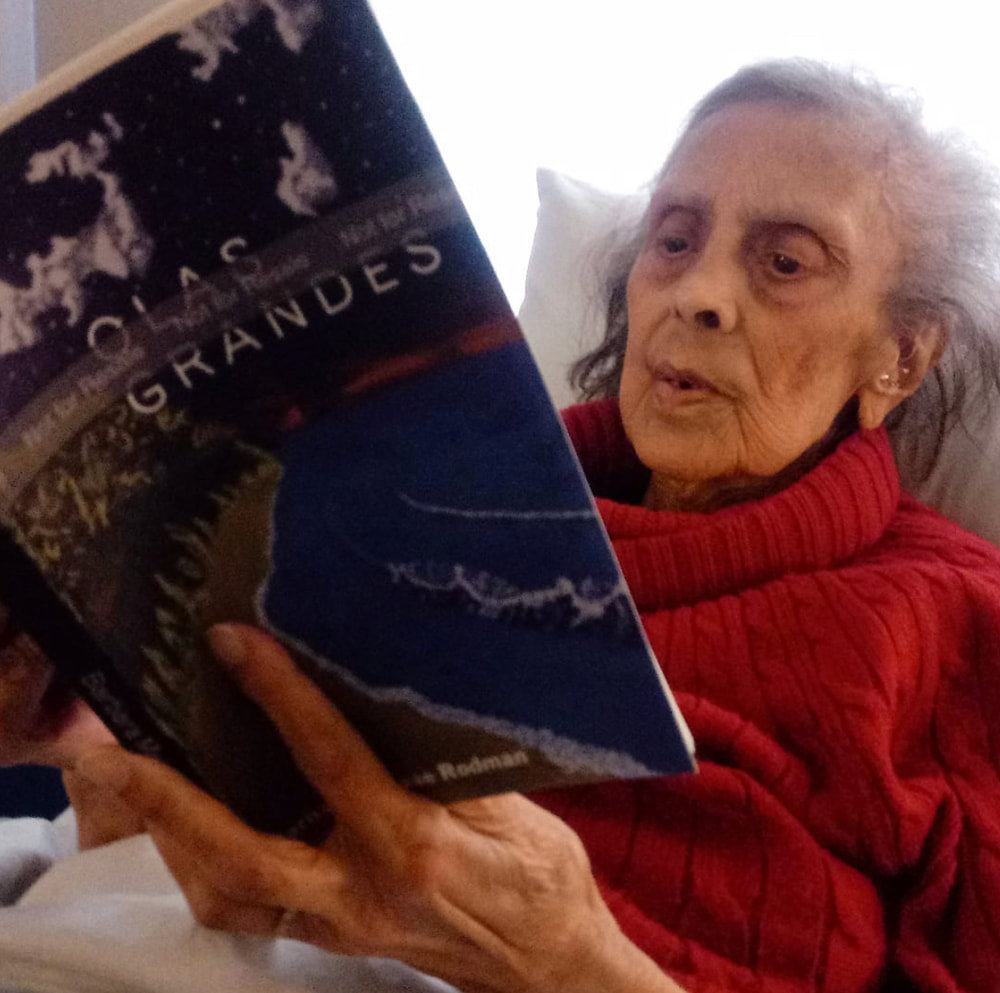 Barbara holds a review copy of her novel
Barbara holds a review copy of her novel Between my mom and me, we read Babbie about seven chapters before she died. She didn’t remember writing the book, but at the end of each chapter she'd say, “I like this story, keep reading.” Usually when I'd read her the Detroit News she’d get burnt out listening about half-way through an article. Not so with Olas Grandes. I can only imagine what went on in her mind, listening to her grandson and daughter read words to her that she wrote some forty years ago. There was some magic there for all of us.
 The book cover
The book cover One funny thing about the painting was that he started painting these tiny waves, but since olas grandes translates to “big waves”, my mom suggested making the breakers a little bigger. It was a Homer Simpson moment, I think he even smacked his forehead, “D’oh!”.
 The cover of Barbara's first book
The cover of Barbara's first book Love Stories is a magical little book weaving together love stories across three continents, the common thread plucked from a dreamlike vapor, the mist of eternity on which every story’s loomed. It’s her first book, published in 1985 by the International University Press and printed in an underground style. I’m biased but I think it’s an exceptional project. She mingles famous love stories with her own; lovers meet in and out of dream worlds, recognizing one another by their eyes, and it’s all built on the history of Trinidad, India, and Spain – her spiritual home.
Babbie would say to me, “I don’t believe in reincarnation. It’s not something I have to believe in because I know that I’ve lived another life in Spain.” Reading her books and articles in the Detroit Sunday News Magazine, which used to come folded inside the Sunday edition of the Detroit News, it’s clear that for Barbara, death was not a barrier but a reprieve. She concludes one of her many articles by writing, “I am a dreamer living in my own world of dreams. I hate reality, but Life is reality, therefore I compromise and leave my dreams alone for a while, as long as Life lasts. After Life, I can have my dreams and all the things I love all to myself.”
I have a few practices I perform religiously. One is writing. Another is listening. Longstanding systemic health and social inequities disproportionately affect Black people in the US – and the coronavirus pandemic is highlighting that fact. It’s important to know where our money’s going. The decision to donate to Detroit Will Breathe is just one way to support the amazing anti-racist work being done right now, as people continue to march, and people continue to buy.
Much of my own recent writing is forthcoming or published in online lit journals, and easily found if interested. (davidkuhnlein.wordpress.com) Also, sitting in my “to-do” pile are three more of Babbie’s full length manuscripts, two of which I’ve read, and are fantastic. I’m not promising anything, but if they get transcribed and edited, I’ll update the Olas Grandes fans on our Instagram, which I’m most active on @olasgrandesnovel.
 Jigsaw puzzles: among the new ways of entertaining ourselves
Jigsaw puzzles: among the new ways of entertaining ourselves But this home-centered span of time has also shown me how un-adaptable I am in other parts of my life and how I’ve been holding onto expectations that don’t square with reality.

In the past year or so, though, I’ve started sleeping till 7:00, 7:30, and sometimes even later. I feel like I need the sleep, like my body demands it, especially if I’ve done something intensely physical the day before, like a long hike or hours of outdoor work.
 I am not a slug! (Photo: Peter Stevens)
I am not a slug! (Photo: Peter Stevens)
So every day starts with this ridiculous and totally unnecessary tension about keeping to a ridiculous and totally unrealistic schedule.
 Yoga: First thing in the morning? Or not.
Yoga: First thing in the morning? Or not. But I’m starting to see the problem isn’t with the routines themselves, it’s with my attitude toward them. So what if some mornings I get a late start and only have time to write for half an hour instead of an hour or two? Maybe I’ll make up for it another day. And if not, so what? Yes, I feel better on days when I write and I feel off-kilter when I don’t—writing is my happy pill, after all. And yes, I get great satisfaction from seeing the word count and page count increase by the day. But if the world comes to an end, I doubt it will be because I wrote 100 words today instead of 1,000.
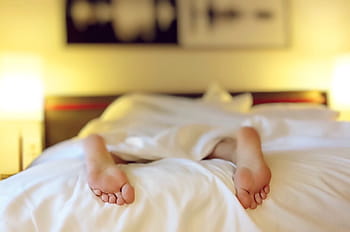 Ahhh, the luxury
Ahhh, the luxury Which brings me to another realization about reality. Structure is something else I sometimes feel conflicted about. As I wrote in a 2016 blog post, we all have our own tolerance levels for chaos and structure, and finding the right balance between them is crucial for creativity.
 Structure provides a bit of certainty in uncertain times
Structure provides a bit of certainty in uncertain times I’ve thought a lot about that lately, and I’ve come to this conclusion: There may be a time to ditch my routines, but this isn’t it. Experts say having consistent daily and weekly routines gives us a sense of certainty in these uncertain times. The trick is to make your days consistent, with enough variety to keep boredom at bay.
Have you adapted in any surprising ways over the past months? Have you discovered aspects of your life you can let go of and others you still need to hold onto?
I feel fortunate that so far, at least, this time of isolation has been a kind of respite for me. When it all began, back in mid-March, I thought to myself: Well, I always wanted to go on a creativity retreat in some peaceful place. Here’s my chance!
Like most people during this time, I’ve been deluged with a mind-boggling number of invitations to Facebook Live events, Zoom gatherings, free webinars, and other virtual happenings. My internet service’s dwindling data allowance won’t permit me to join in most of those, and while I truly regret having to turn down some invitations—especially From the Heart Yoga’s Zoom classes and chats with my yogini sisters—I haven’t minded passing up the rest. They’ve felt like distractions, in the same way that outside commitments often do.
So how have I been spending my precious retreat time? Let me count the ways . . .
1. Writing

It’s hard work, requiring a lot of thought and a lot of writing, followed by digging deeper, thinking more, and writing more. Being able to spend hours in concentrated work, not just stolen minutes here and there, has led to much-needed breakthroughs. Finally, I’m getting some clarity on how to achieve what I’m trying to achieve in the story I’m working on.
2. Decorating
Finally, I gathered frames and photos, did the necessary prep work, and with Ray’s help, hung them in the hall. Here are the pictures that now have homes:
3. Lending a (Virtual) Hand
4. Pathfinding
 A new path from our back yard into the woods
A new path from our back yard into the woods Every spring, one of our tasks is cleaning up downed trees and branches in the patch of woods around our house. Ray cuts up the wood and runs the small and medium-sized pieces through the chipper. I gather up the chips and spread them on the paths we’ve made around our property. This year has yielded enough chips for me to create a new path or two. In the process of making many chip-laden wheelbarrow trips, I rack up an astonishing number of steps, according to my Fitbit. Between that work and my wanderings in the woods (see item #4), I’ve been covering some serious miles.
 This patch could be mine!
This patch could be mine! I’ve been keeping track, and I’ve already passed the 60-mile mark. I could very well hit 100 by the end of this month.
5. Woods wandering
Here are a few shots from my wanderings. You’ll find more at the end of this post.
6. Trying something new
While my results aren’t quite where I’d like yet, in terms of sharpness, I was happy to at least capture a complete bird—not just tail feathers at the edge of the frame—on a fair number of attempts. I’m showing you these not because they’re anything to brag about, but because they represent the kind of patient, try-try-again attitude that’s easier to adopt when you’re not trying to fit so many things into your day.
7. Resting and reflecting
-- Wayne Muller
from the heart of the woods
Available now!
Author
Nan Sanders Pokerwinski, a former journalist, writes memoir and personal essays, makes collages and likes to play outside. She lives in West Michigan with her husband, Ray.
Archives
April 2022
August 2021
July 2021
June 2021
May 2021
April 2021
January 2021
December 2020
November 2020
October 2020
September 2020
August 2020
July 2020
June 2020
May 2020
April 2020
March 2020
February 2020
January 2020
December 2019
November 2019
October 2019
September 2019
August 2019
July 2019
June 2019
May 2019
April 2019
March 2019
February 2019
January 2019
December 2018
November 2018
October 2018
September 2018
August 2018
July 2018
June 2018
May 2018
April 2018
March 2018
February 2018
January 2018
December 2017
November 2017
October 2017
September 2017
August 2017
July 2017
June 2017
May 2017
April 2017
March 2017
February 2017
January 2017
December 2016
November 2016
October 2016
September 2016
August 2016
July 2016
June 2016
May 2016
April 2016
March 2016
February 2016
Categories
All
Art
Better Living
Books
Community
Creativity
Events
Explorations
Food
Gardens
Guest Posts
Health
Inspiration
Last Wednesday Wisdom
Local Artists
Mecosta County
Montcalm County
Music
Muskegon County
Nature
Newaygo County
Oceana County
People
Photography
Pure Michigan
Reflection
Return To Paradise
Samoa
Writing

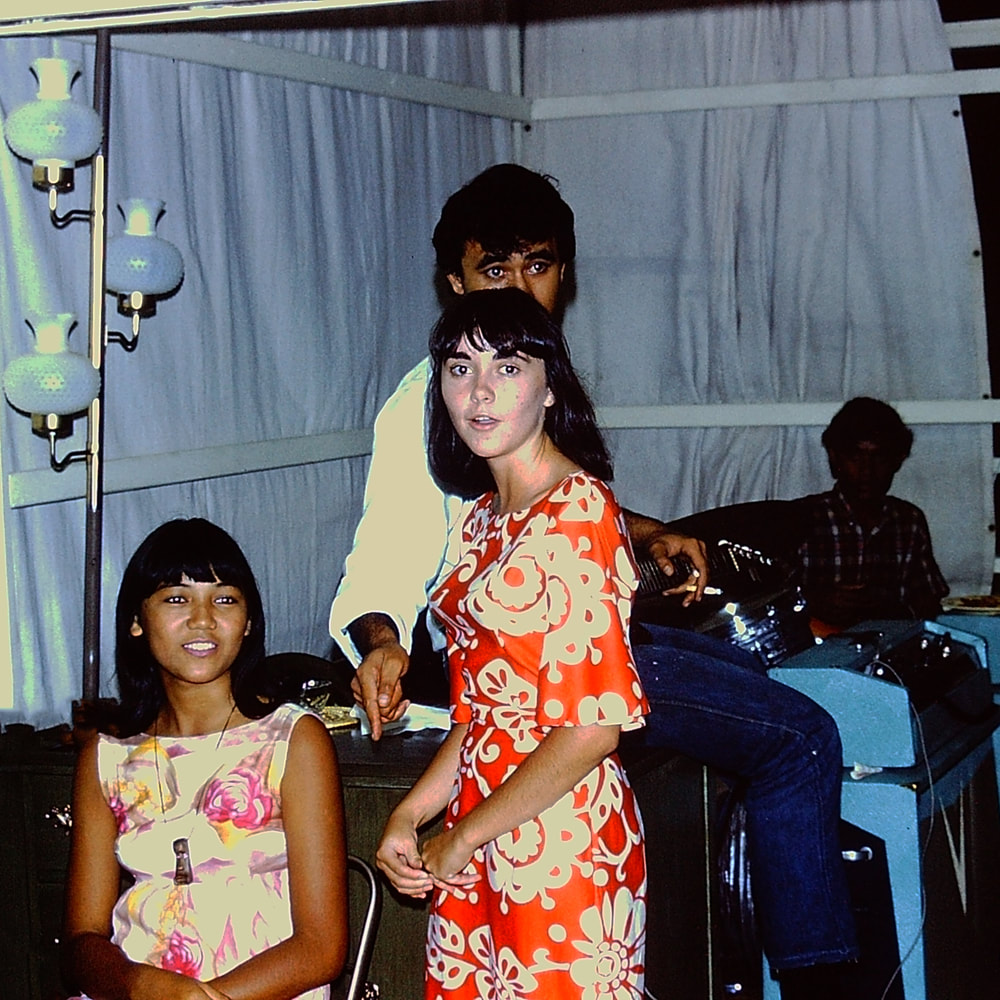

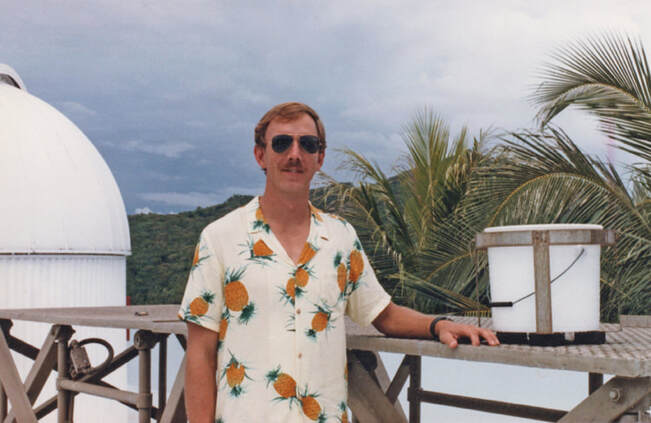









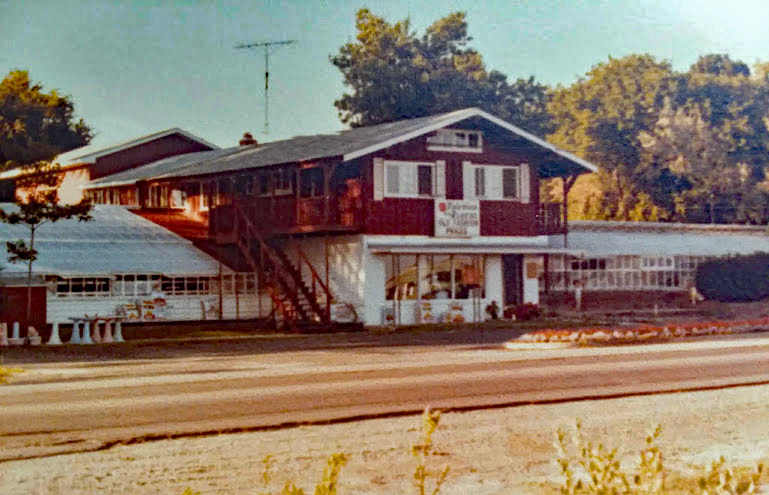











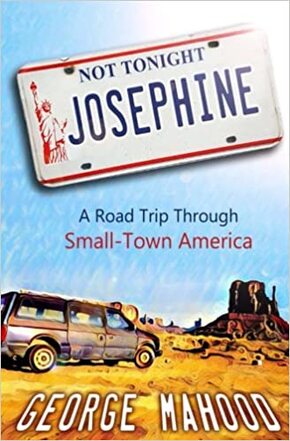




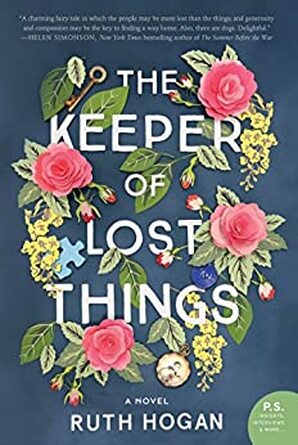







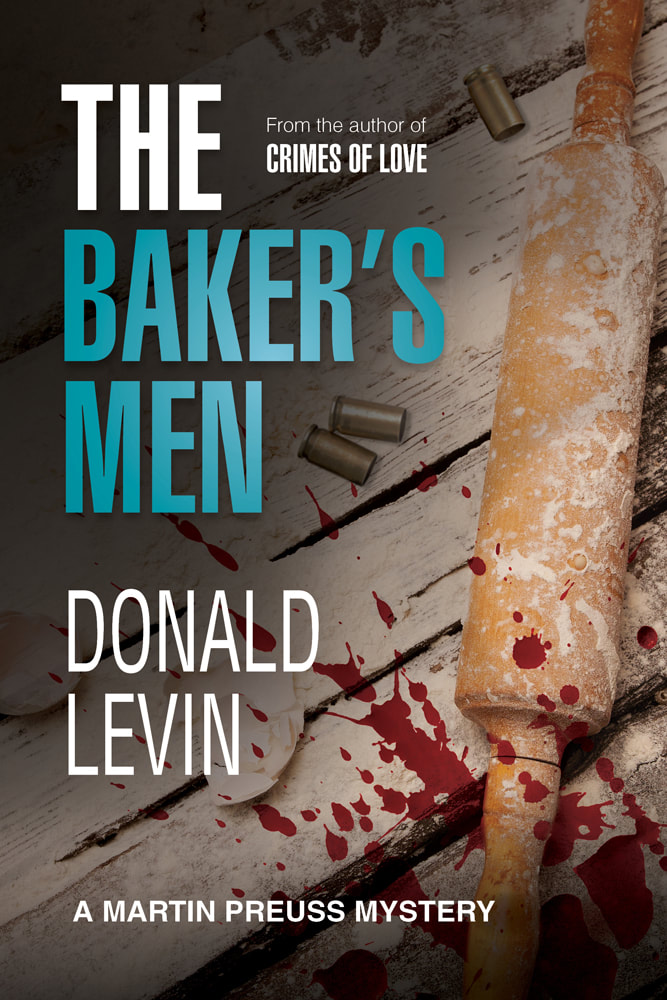
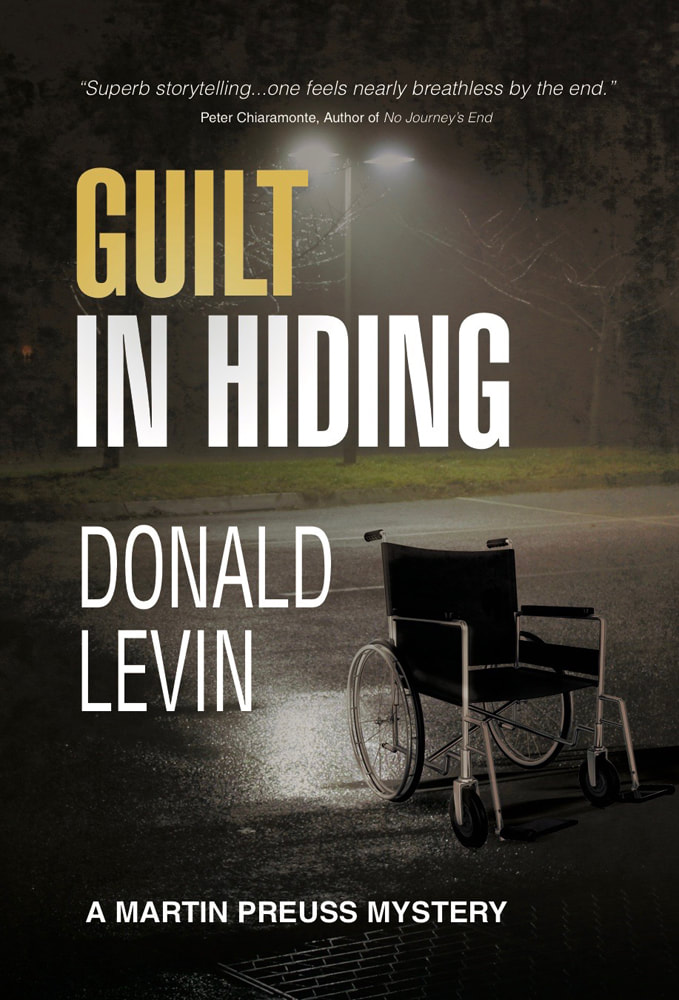












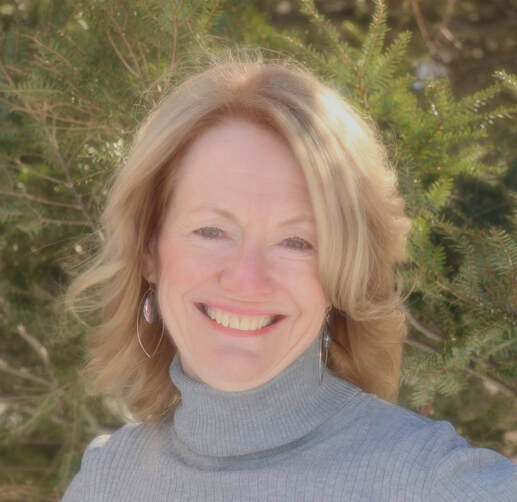













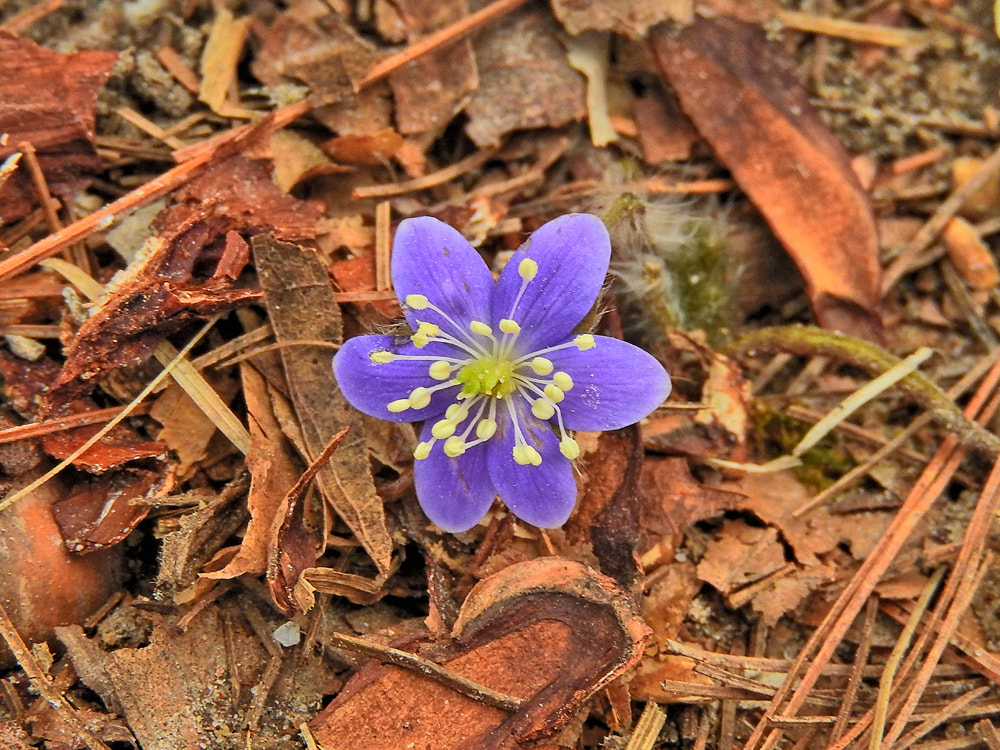




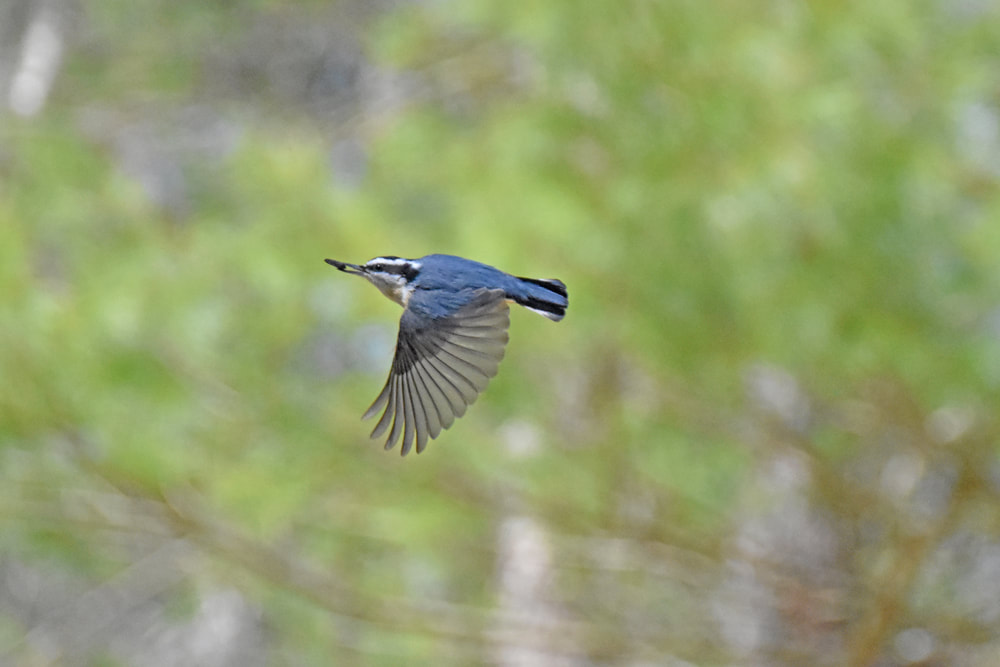
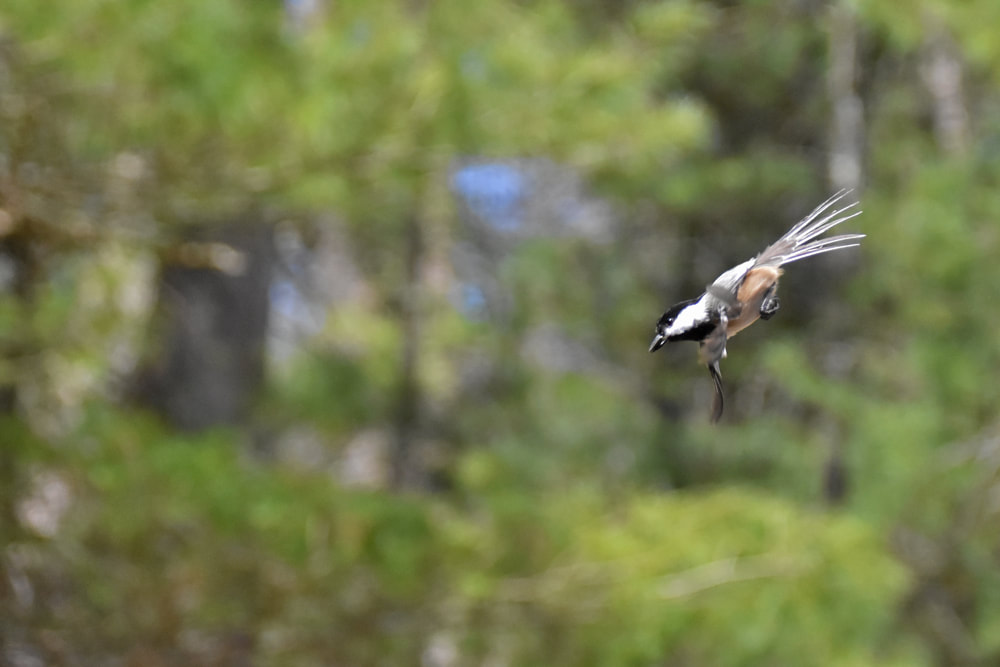
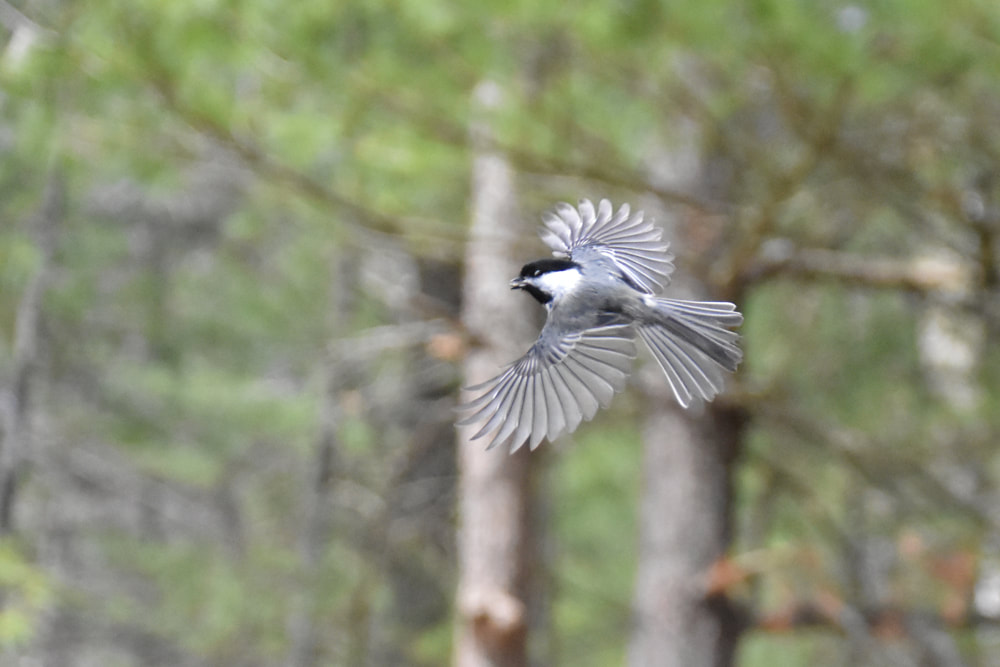

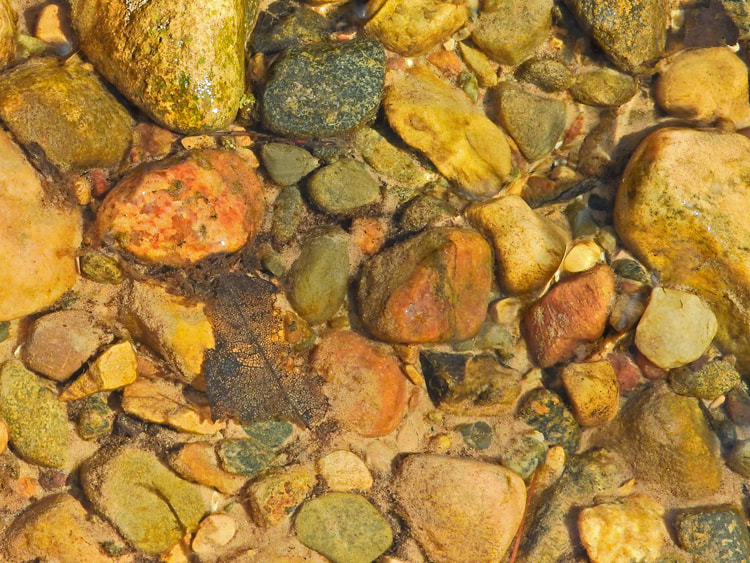
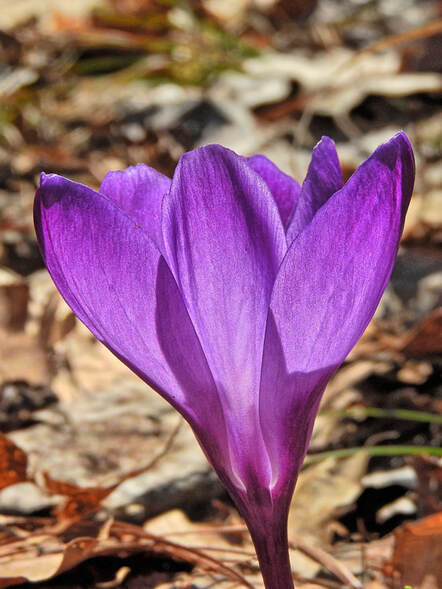







 RSS Feed
RSS Feed